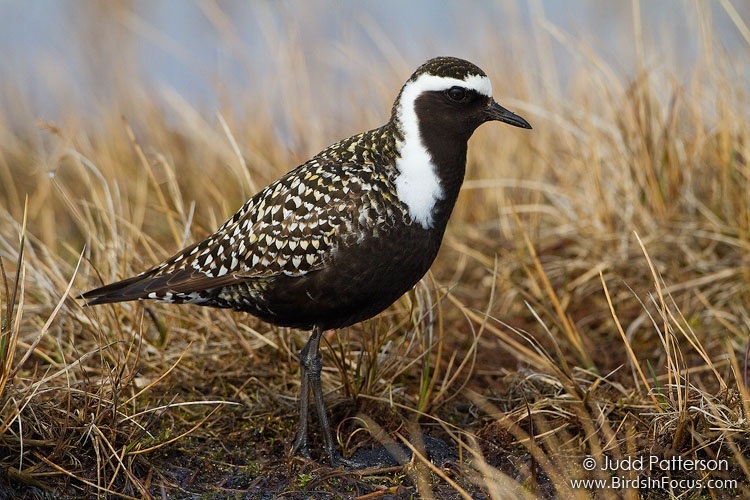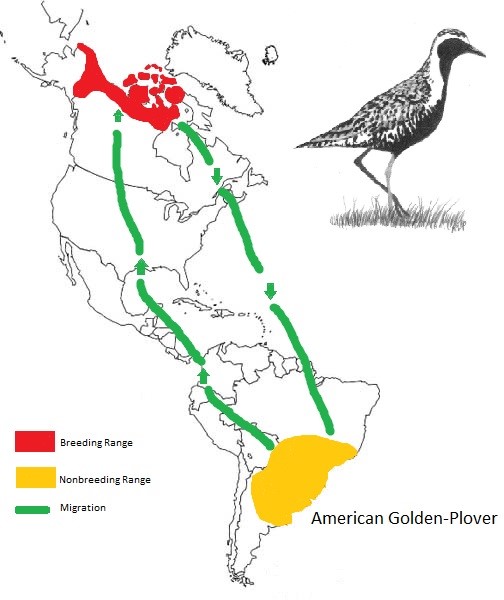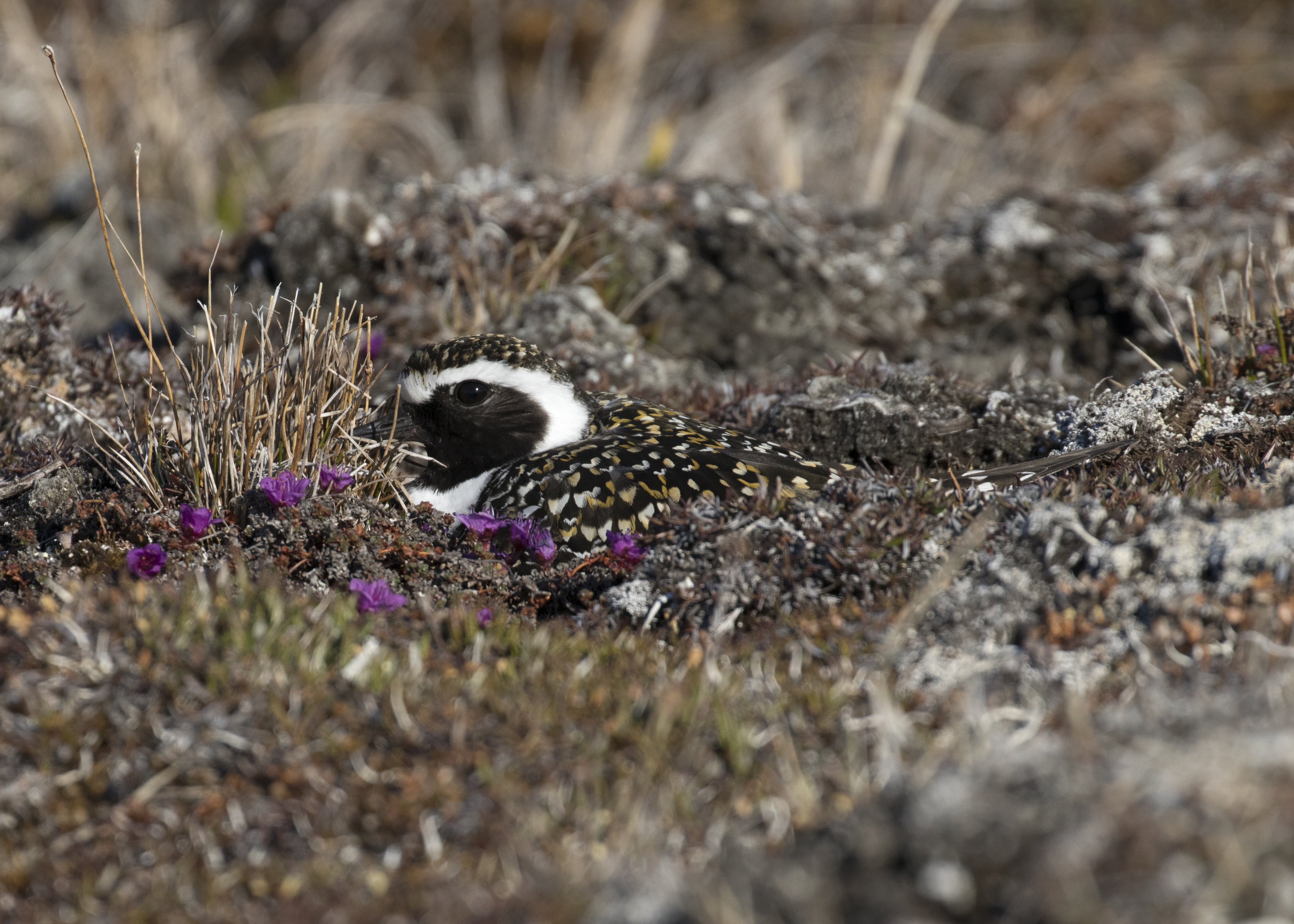Each year around Earth Day, the prairies in eastern Kansas come alive with flocks of stunning, gold-flecked shorebirds.
Feeding on grasshoppers, earthworms, berries, and seeds, American Golden-Plovers (Pluvialis dominica) find the foods to sustain their northbound migration in the prairies of the central United States and Canada. The vast tallgrass prairie that once extended from Canada to Texas has today been reduced to less than 4%, making it one of the most altered ecosystems in North America. In eastern Kansas and northern Oklahoma, the rolling landscape of the Flint Hills represents a unique opportunity to preserve the continent’s last ecologically intact and functioning tallgrass prairie and a vital stronghold helping species like American Golden-Plover survive.
For just a few weeks each spring, American Golden-Plovers land in eastern Kansas to rest and refuel as they make their way to nesting areas farther north. They feed and roost in the Flint Hills’ expansive undeveloped pastures, agricultural fields, and areas with very short grass. Plovers begin to migrate in small groups that increase in size as they approach the peak of migration season in the central United States. This occurs during the last two weeks of April and coincides well with Earth Day celebrations. At the height of migration, flocks with hundreds of these gold-speckled travelers are not uncommon. Northern Oklahoma in Osage County and the southern and central portions of the Flint Hills in Kansas, including Butler, Chase, Cowley, Chautauqua, Elk, and Greenwood Counties, report the largest numbers of these ephemeral visitors.





 Back to all
Back to all


